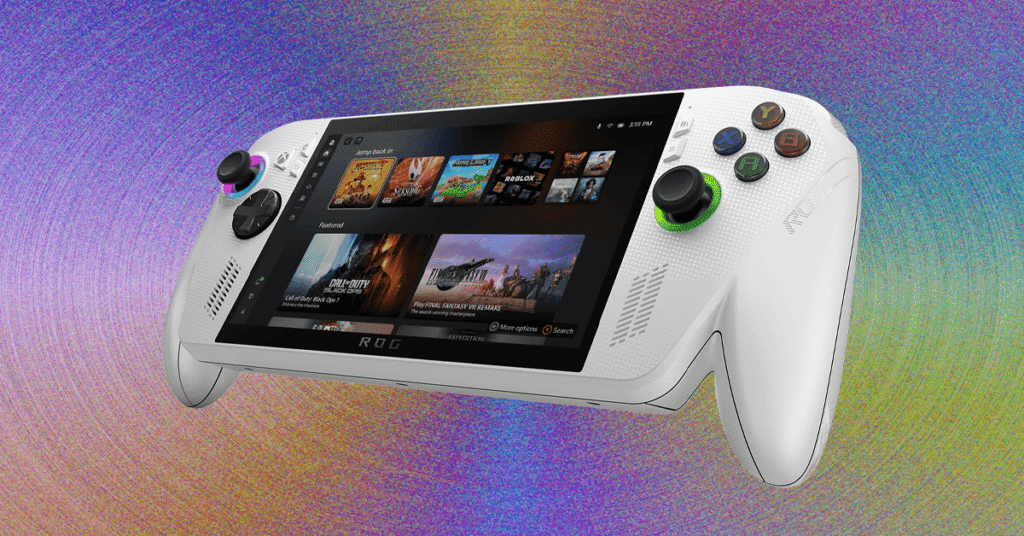However, because the X-ROGs are fundamentally regular PCs, they’re a lot more versatile than Nintendo or Valve’s efforts. Not only can you play media, browse, or do anything else you might do on a PC (even Office tasks, if you hate joy), but you can install any other PC gaming client—Steam, Epic, GOG, and more are all available. Better still, the Xbox app aggregates all games installed on the system into one library view, regardless of where they originate. You can even turn your ROG Xbox into an ersatz Steam Deck by running Steam in Big Picture mode (although some of its controller keybindings may not work).
The big win—pardon the pun—is that you can install mods with ease. While I’ve gotten a few mods running on my Steam Deck over the years, its Linux underbelly makes things trickier. On the X-ROGs, I’ve been able to use mods as easily as on my main gaming desktop, with no second-guessing if they’ll actually work. It’s a great feature that’s facilitated by having standard Windows as the base.
Soft Where?
But wait, there’s a third UI player in the mix: Asus’ own Armoury Crate SE software. Broadly, this is more of a device manager, with a dedicated button on both consoles to bring up a Command Center quick menu. This allows you to instantly switch power profiles, create custom control inputs, or set frame rate limits. It also offers a real-time monitor displaying useful system information like temperature, CPU and GPU performance, battery level and power drain, and the current frame rate.
However, fully open Armoury Crate and you’ll find an array of far deeper controls, from granular system settings to tweaking color profiles of the LED rings that sit under each thumbstick. It also has its own Update Center—yet another to check—and its own unified library, distinct from the Xbox app’s. After a week with the X-ROGs, I’m finally familiar with where functions live, but the learning curve is steep, and having essentially three central interfaces—Xbox, Windows, Armoury Crate—for a single device is ridiculous.

